“Little Liberia” can be traced to the early 1820s, a time when African Americans created their own towns or communities. Little Liberia began in what is today’s South End of Bridgeport, Connecticut. At first, the town was called Ethiope by the white population. However, by 1850, the town had been renamed to Little Liberia as a tribute to Liberia that gained its independence in 1847 as the first African Republic.
The town was established with black-owned businesses, homes, a library, hotel and two churches, all which catered the black population. At the time, Mary and Eliza Freeman were unmarried sisters who lived in the town and owned their own homes. The two women were active in the local real estate market. One interesting note of that time, members of the Paugussett Indians intermarried with the African-Americans of Little Liberia, and the community was given free access to the tribe’s nearby orchards.
The men of Little Liberia were always searching for other people to join the township. They often sailed to other free black communities asking people to invest and settle in the village.
Little Liberia participating in helping people to freedom. The people of the town often hid runaways in plain sight. Because the town was already populated with African Americans no one thought twice of seeing a few odd faces in town.
During the post-Civil War era, Little Liberia went into decline. The Panic of 1873 and the resulting six-year economic depression forced many businesses to close and homeowners to sell their properties. Real estate developers began to replace the community with factories and tenement housing for European immigrants. Little Liberia disappeared by the dawn of the 20th century only to be forgotten.
sources:

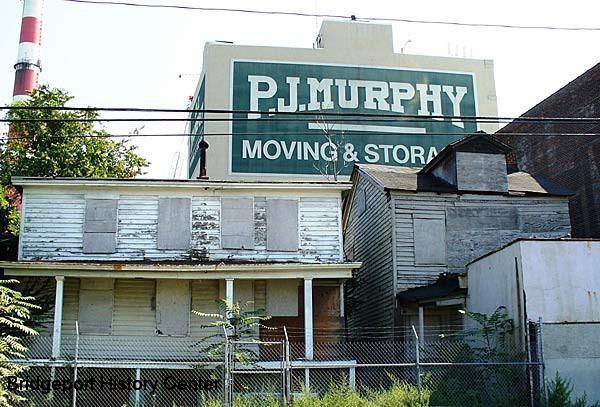



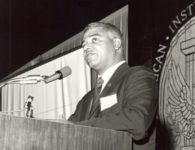
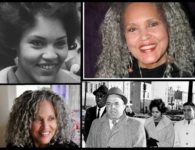

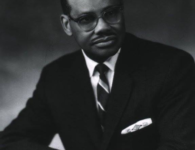

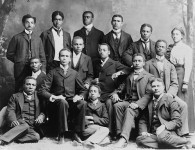
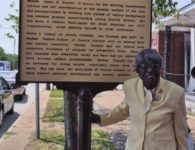
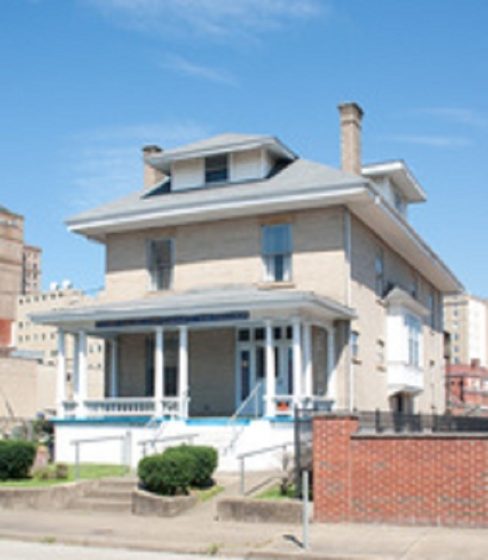
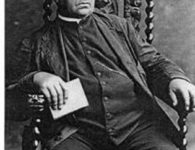
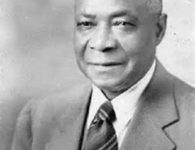
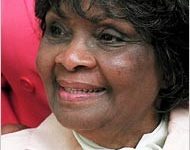
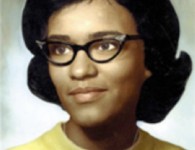
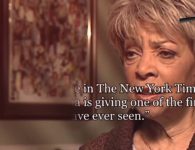
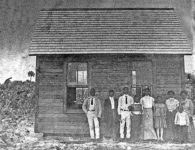


No comments